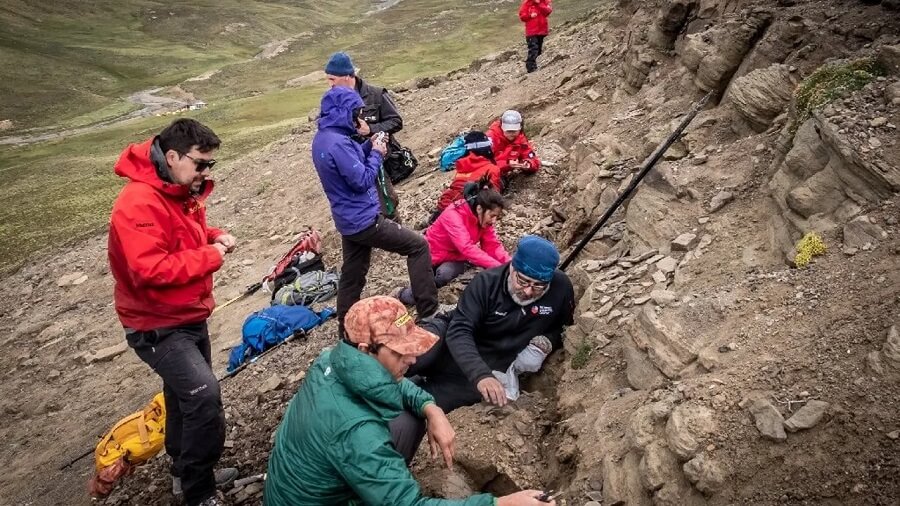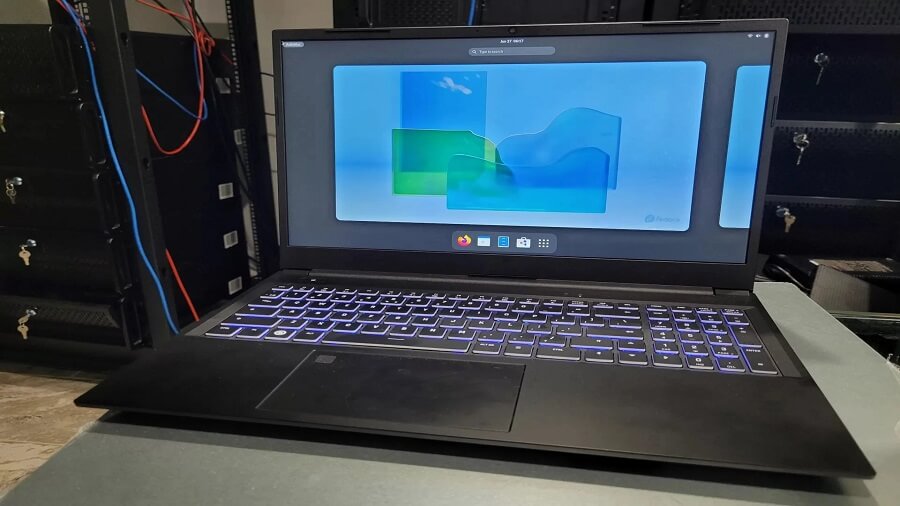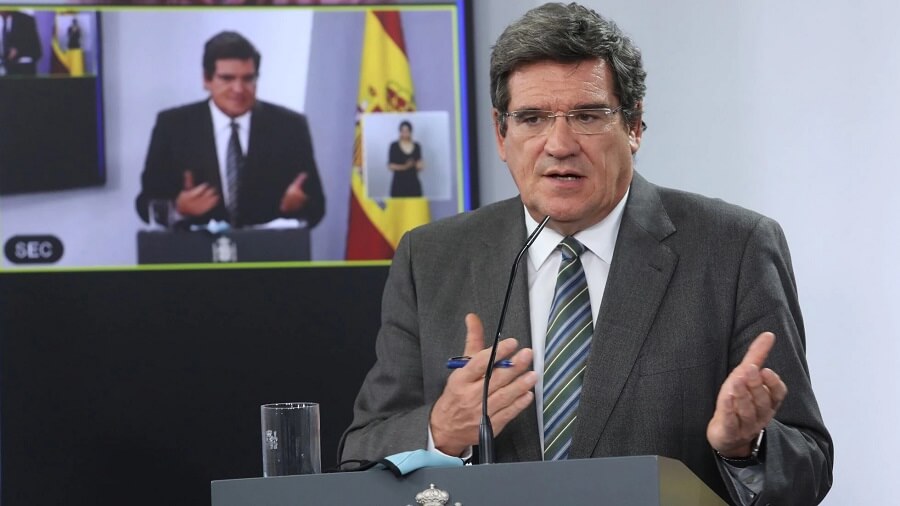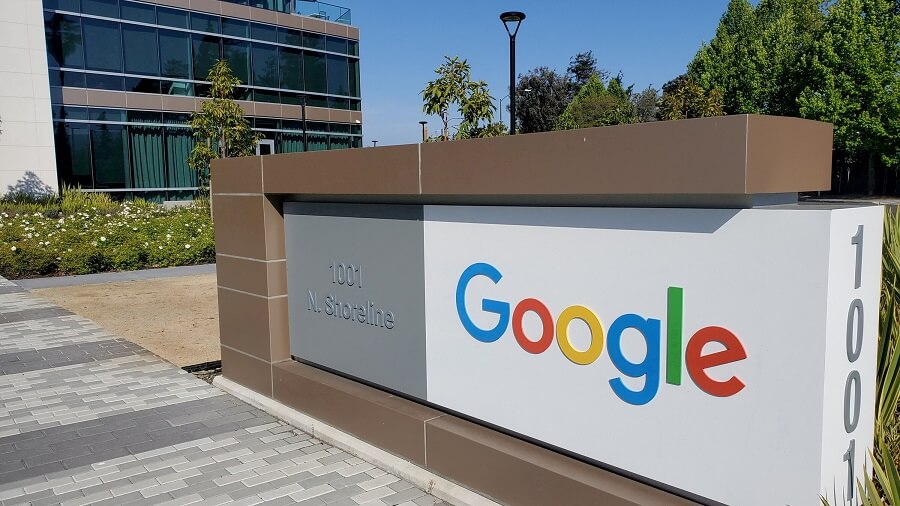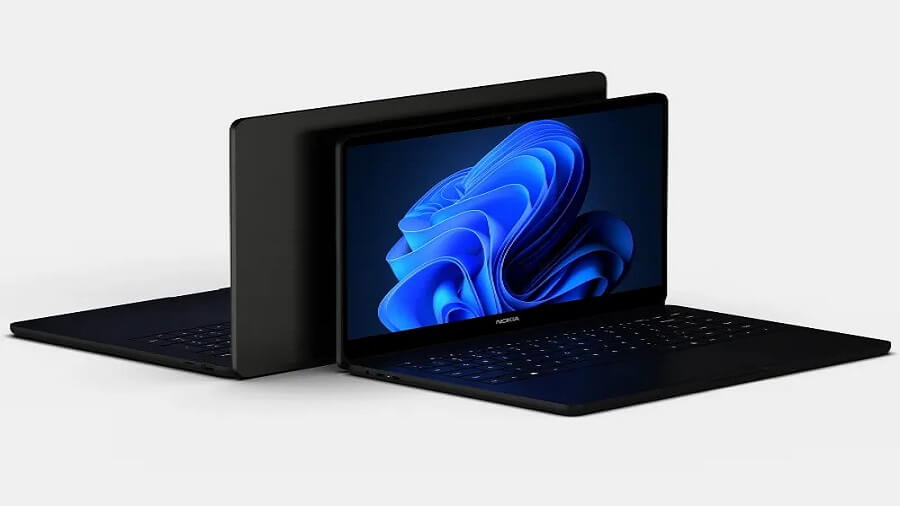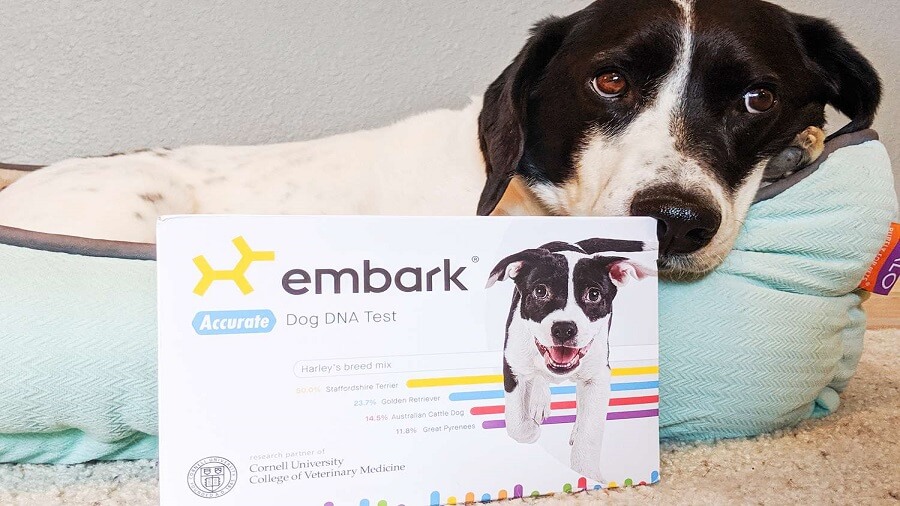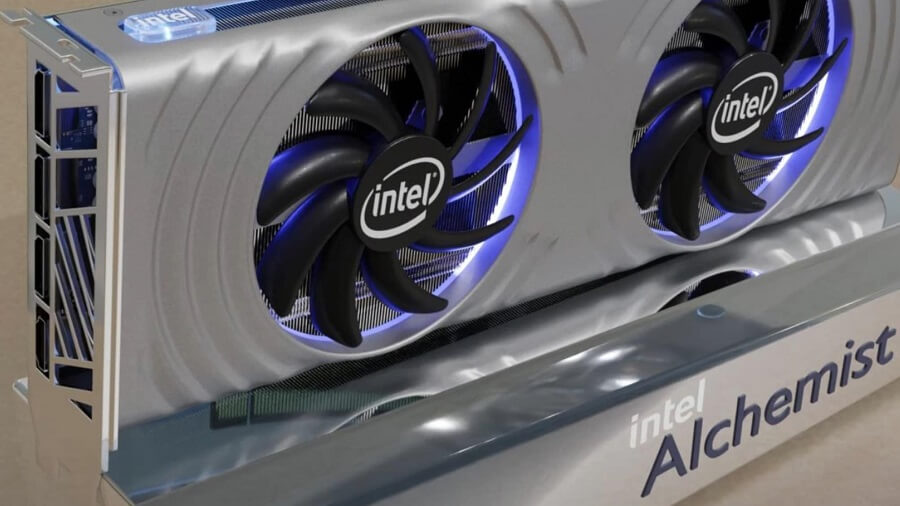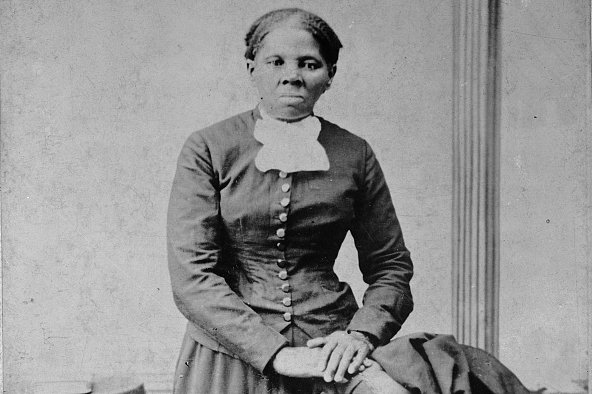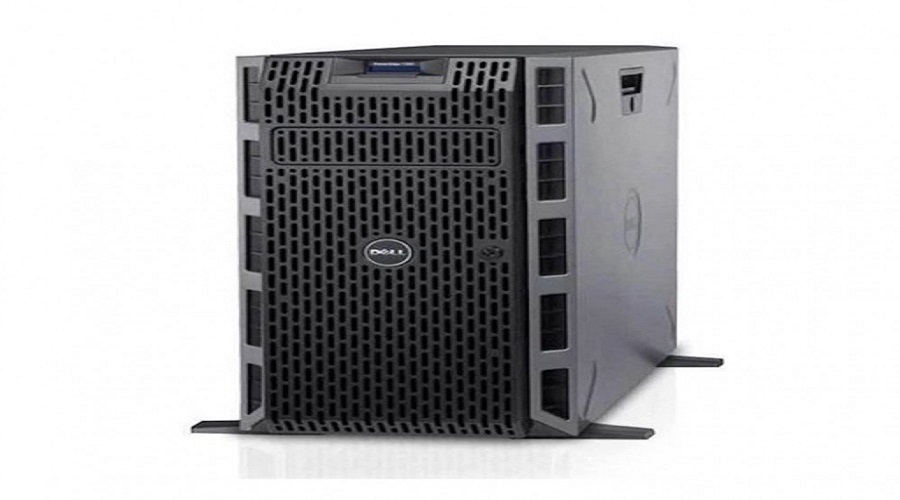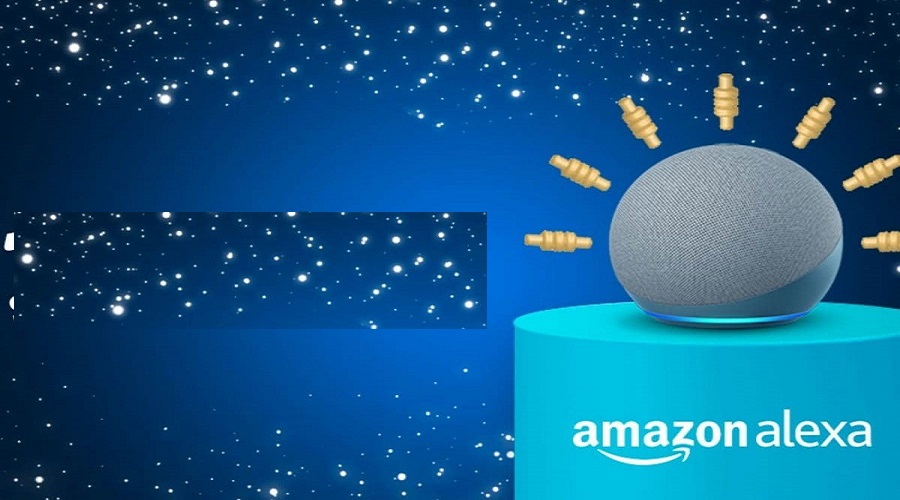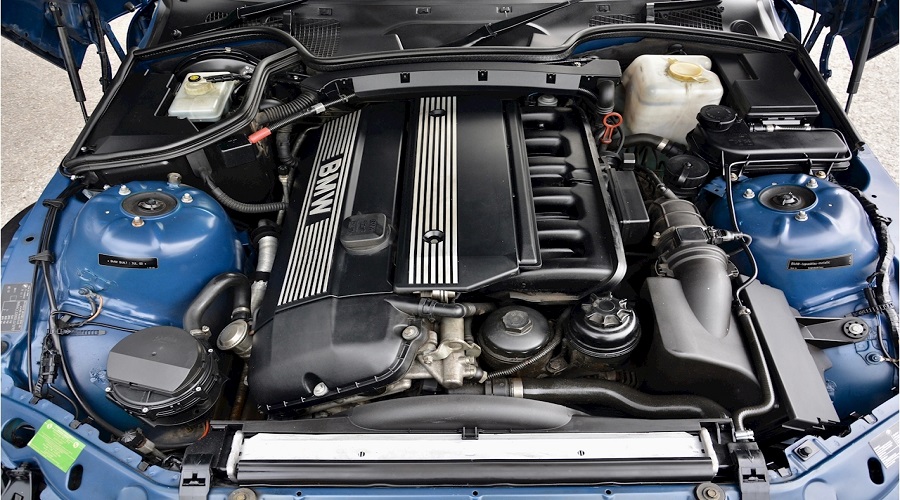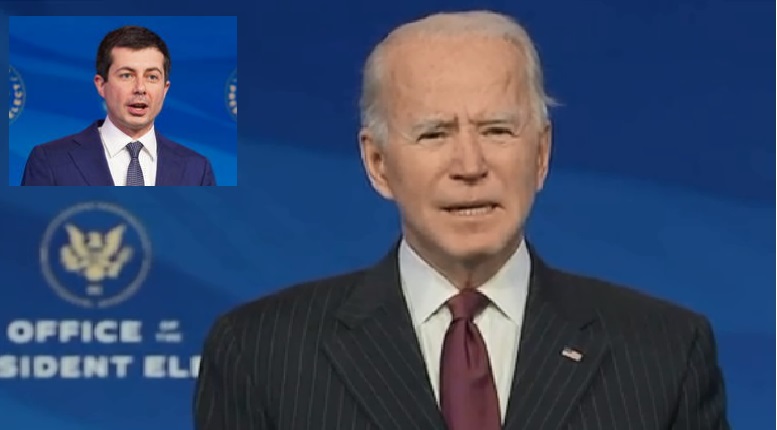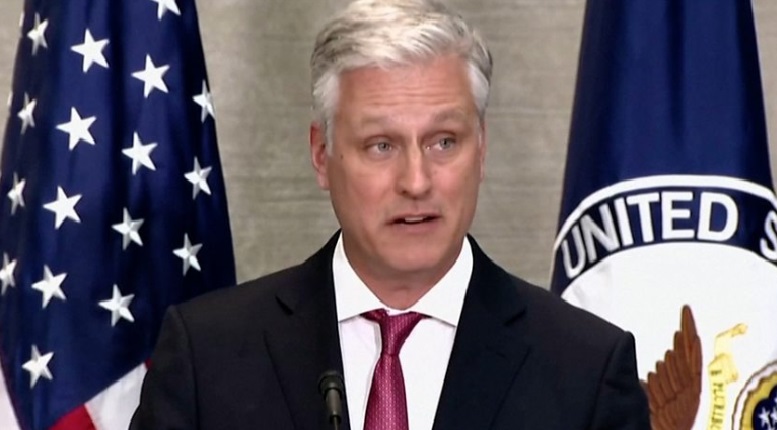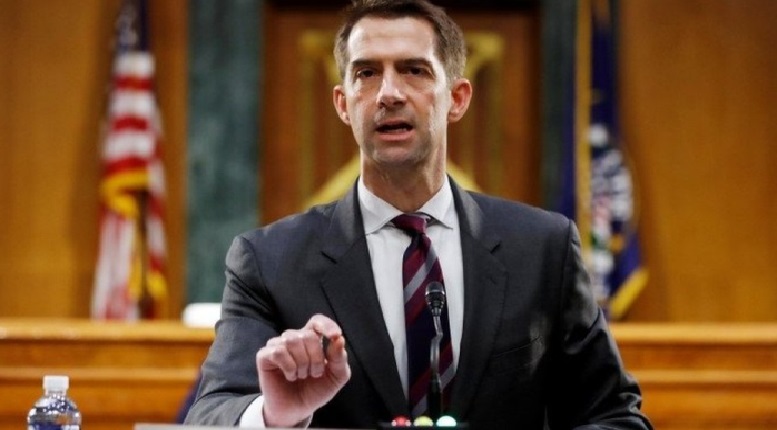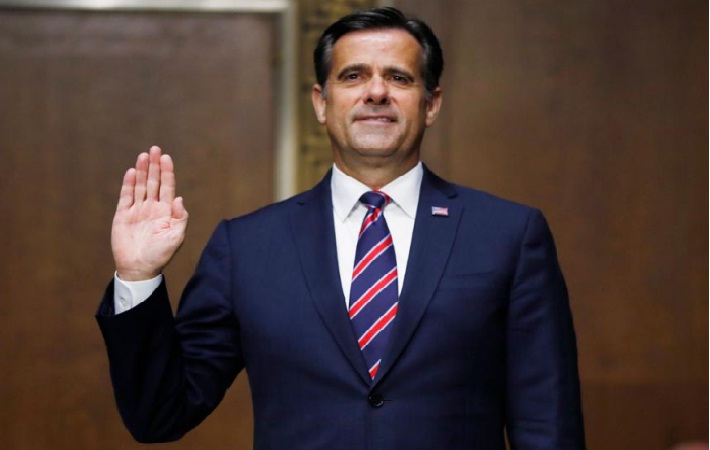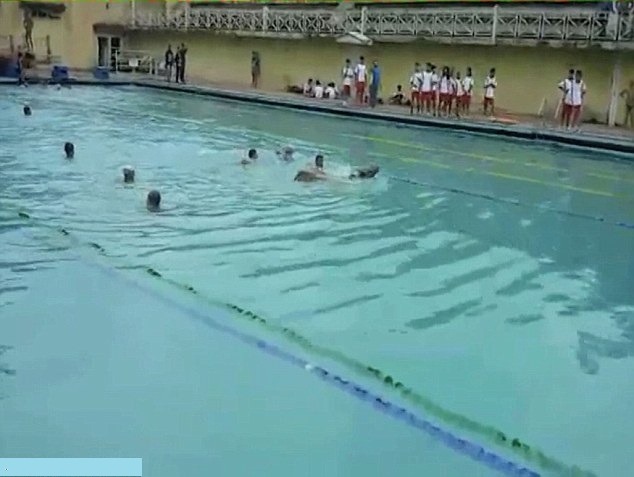NASA to Launch PETITSAT and SPORT Satellites to Discover Space Weather Conditions

Multiple science news outlets reported that NASA (National Aeronautics & Space Administration) issued a statement on January 3, 2023. The agency said 2 CubeSats are on an exploration mission to discover insight into space weather fluctuations. The mission will also find out the significant impact on communication signals involving space weather disturbances.
The first CubeSat was PETITSAT (Plasma Enhancements in the Ionosphere-Thermosphere Satellite) and the other was SPORT (Scintillation Prediction Observations Research Task). Both CubeSats arrived on November 27, 2022, at the ISS (International Space Station). These satellites are part of the 26th commercial resupply mission of SpaceX for the US space agency.
Both CubeSats were consequently deployed from the space station at 8:55 a.m. EST on December 29, 2022. The scientists of both missions are determining the ionosphere as the space weather around it critically impacts technology on Earth. The ionosphere houses significant numbers of satellites including the ISS and it was the major reason behind this consideration.
Space Weather Can Generate Electric Currents
Moreover, GPS signals and Radio waves typically travel over the ionosphere. Supposed weather variations can disrupt or degrade communication signals. Keep in mind that space weather can also generate electric currents that can affect the electrical charge in orbiting satellites. This scenario can cause power outages on the ground but in most extreme cases.
Meanwhile, scientists don’t actually understand how plasma bubbles and spots appear. Both PETITSAT and SPORT will use essential scientific instruments to examine the actual conditions causing these disrupting features. The principal examiner of PETITSAT at Goddard Space Flight Center in Greenbelt, Maryland of NASA, Jeff Klinzing, issued a statement.
SPORT Satellite features 6 Instruments for Measurements
Klinzing said the key determination was that the science teams will work together to bring excellent cross-compare. Moreover, the SPORT satellite features 6 instruments for measurements all over the ionosphere. This would help determine the original conditions prior to the forming of plasma bubbles. It would eventually discover how their development impacts communication signals on the ground.
However, the SPORT satellite will transmit data back to the INPE (Brazilian National Institute for Space Research). The next phase is the distribution of data to researchers at NASA, INPE, and other US allies. PETITSAT will efficiently work in a complementary style to examine the reasons behind the generation of plasma spots. They will also determine when these spots appear and the size of the region they often occupy.
Planet to Launch 36 Super-Dove Satellites
The SPORT and PETITSAT were designed to provide enhanced observations. They will offer an understanding of space weather circumstances that affect ground-based communications. However, Planet (an American public Earth imaging company) has planned to launch 36 Super-Dove satellites, Flock 4y. The company will deliver these small satellites on a SpaceX Falcon 9 rocket.
Meanwhile, the delivery of Planet’s satellites is part of the Transporter-6 mission from SpaceX. This would mark the 8th launch of the company with SpaceX. These 36 Super-Dove satellites will join the current fleet of Planet orbiting 200 Earth observation space probes. Keep in mind that each Super-Dove is unified with 8 spectral bands and enhanced on-orbit capacity.
Some of the 36 CubeSats Include Artwork & Quotes
This significant approach would enable them to provide sharp and analysis-ready data delivery. However, researchers will use this data in government departments including both intelligence and civilian agencies. They will also use data for monitoring agriculture and forests as well as sustainability in other industries.
The company said some of these 36 satellites also feature artwork and special quotes. It was aimed at celebrating the legacy of Gene Roddenberry (Star Trek creator). The Boldly Go Campaign of the Roddenberry Foundation will celebrate the addition of scientific progress and cooperation. However, the campaign was launched in 2021. The Planet is dedicated to boosting humanity to a more secure and prosperous world.



















